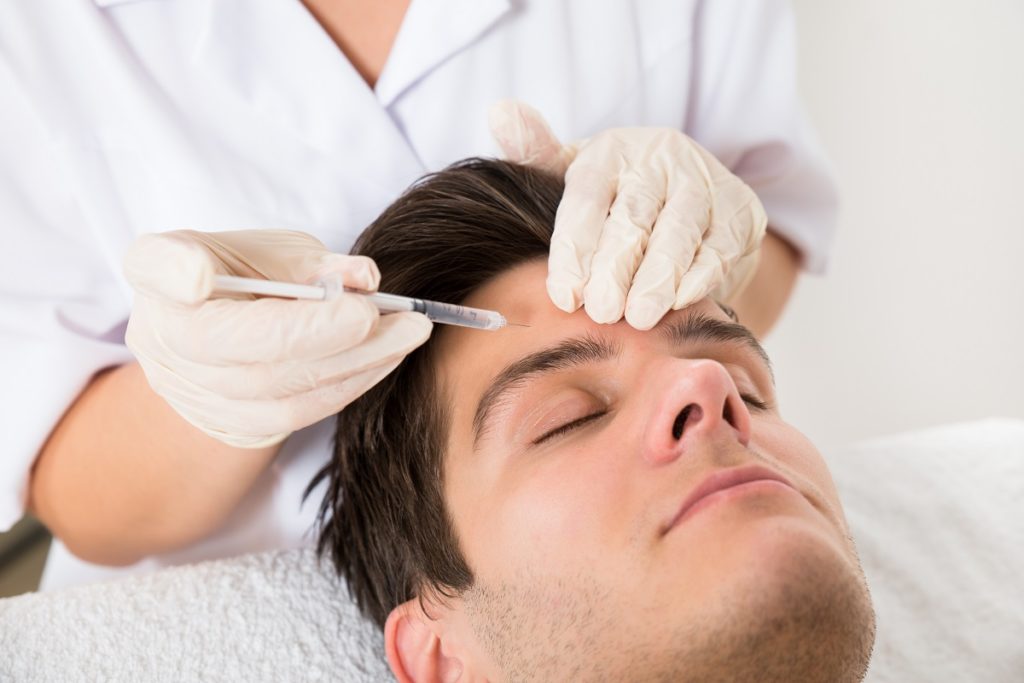Are you curious about the world of non-surgical cosmetic procedures?
Do you want to learn more about areas such as fillers to see if they could help you combat the signs of aging?
In this article, 5 of the most common questions about dermal fillers W1 are answered.
What are fillers?
Fillers are a popular, non-invasive form of cosmetic surgery that can be injected into the skin.
Visually, they resemble a gel-like material that, when injected under the skin, fills wrinkles and plumps up the surrounding area.
They are biologically inert as most types of filler are made from hyaluronic acid; this is a naturally occurring protein that begins to decrease in the body when people hit around the age of 30. This decrease causes the skin to sag and wrinkle, thus enhancing the appearance of age.
But once fillers are injected, they offer a temporary solution to this.
What areas can they be used on?
Fillers can be injected into most parts of the face safely and even into areas under the chin to reduce the appearance of jowls or a double chin.
They are often injected into the lips to create a plumper look; these are commonly known as lip fillers. They can also be injected around the eyes to reduce the appearance of crow’s feet, ear troughs and hooded eyes.
The chin, cheeks and forehead are other common areas where you can have fillers injected, reducing the appearance of fine lines and allowing the cheeks to appear more defined and symmetrical.
Are the injections uncomfortable?

Many patients worry that having fillers injected will be uncomfortable.
However, many dental surgeries that offer fillers should be able to offer you a localised numbing gel prior to the injections in case you have concerns about any stinging sensation.
The needles used to inject fillers are very fine, and if they are used by someone who is experienced in injecting fillers, the procedure should not be uncomfortable. Afterwards, there may be a sensation of stinging or bruising around the area where the fillers were injected, but this should fade over the next few days.
What is the aftercare of fillers?
Generally, it is advised that you avoid rubbing the area where your fillers were injected and the surrounding skin; any disruption to this area can cause the fillers to move out of position.
Similarly, you should avoid hot baths, strenuous exercise, sun exposure or saunas; all of these activities increase your metabolic rate and, like massage, can cause the fillers to come loose and move out from where they were injected.
How long will they last?
There are many factors that play into how long fillers will last.
Firstly, your age at the time of injection; older people tend to notice that the effects of their fillers do not last as long as those who undertook the injections at a younger age.
The lifespan of fillers can also be implicated by your lifestyle (smoking), where the fillers were injected (around the eyes tends to have the shortest lifespan) and your general health.

